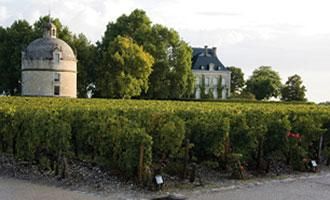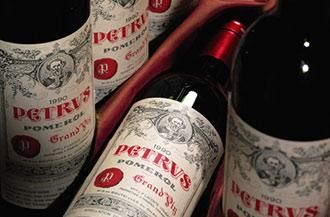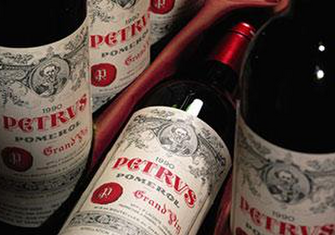
he dichotomy of fine wine and money! The ‘establishment’ frowns on the principle of treating wine as an investment and yet it is inherent to the history of trade in fine wine. Director and founder of Liv-ex , James Miles, recently spoke at the annual Hong Kong International Wine and Spirits Fair about this attitude, financial speculation and the boom – bust cycles in fine wine over centuries. Miles observes the cultural challenges of the relationships between the chateaux owners and the money-men; the courtiers and negociants of Bordeaux and the agents they trade with in the sale of the finest wines in the world. Past owner of Chateau d’Yquem, Comte Lur Saluces, remarked in the 1960s, that “the interests of proprietors and negociants rarely coincide.”
Like all the best creators; the chateaux owners, their wine makers and teams are focused on making perfection every vintage. Putting a value on this and the ultimate selling of this precious asset creates an uncomfortable dynamic also seen in fine art, haute couture and other commercial enterprises.The commitment, passion, effort and investment over centuries has rightly established Bordeaux as the most important and prolific wine producing region in the world. But the ugly business of ‘sales and making a profit’ and, worse still, ‘investment’ somehow has always needed to be kept at arms-length. In the trade’s infancy this view was so deeply felt that these broking, or sales agents’ roles, were often undertaken by non-nationals from England, Germany and Scandinavia. These frictions, claims Miles, continue in Bordeaux today and seemingly this is the natural dynamic of the Bordeaux market. Speculation and wine are closely intertwined and he goes on to review examples in pretty much every decade where investors saw significant returns and yet also natural market dynamics meant there were also notable declines. A recent example saw First Growth values rise 4.5 times between 2005 and 2011 to then fall by 41 per cent in the most recent, and current dip, between 2011 and 201

But in the long term, fine wine still outperforms other assets. Research published earlier this year by Dimson, Rousseau and Spaenjers estimates that after storage and insurance costs, wine returned 4.1% per annum in real terms, between 1900 and 2012, outperforming art, stamps and bonds and close to equities. Miles also pointed to the Liv-ex Investables Index which over the last 25 years has returned about 11% per annum in nominal terms, outpacing gold, property and equities in the UK. This combined with the fact that it has also been less volatile and accordingly less risky. Miles acknowledges the fact that wine is now established as an alternative asset for investors and points to the survey undertaken by Barclays in 2012 which reported that 25 per cent of the high net worth individuals reviewed owned fine wine and that represented an approximate 2 per cent of their wealth. The Knight Frank Wealth Report 2014 stated that fine wine is one of the most popular “passion investments” and that globally there has been a 34% increase in the number of high net worth investors acquiring fine wine as part of their investment portfolio. Speculation or investment in the past has been enormously valuable to the market, it has aided price discovery and liquidity, securing certainty and longevity in the market. This all helps the growers to continue to invest in producing improving quality crops and provides the motivation to make “age-worthy” wines.

What does it mean for investors today? After three consecutive years of failed en primeur campaigns where the market has seen the “lions share of the profits go to the chateaux”, the money-men are looking to 2014’s launch to seriously correct the trend. Fortunately, 2014 looks a promising vintage, after all quality is key – it’s much easier for the whole supply chain to sell a premium vintage. However, price is critical and there is a nervousness that the Bordeaux community may not appreciate how keenly this is felt. Today, trade on Liv-ex in Bordeaux is at its lowest percentage in a decade; it’s a buyers market for en primeur and young Bordeaux wines. But the market could be on the move. Burgundy’s Domaine de la Romanee-Conti (DRC) benefitted in the past few years from Bordeaux’s demise and outperformed the First Growths by nearly 100 per cent, but trade in DRC is down 60% cent in 2014. For speculators with the boom – bust cycle in mind, DRC may have ridden its curve for now and Bordeaux wines are now offering serious value with prices at the lowest point since the 1970s. Diversification into wines of other regions such as Champagne, Rhone and Tuscany, witnessed in the market over the past few years, may also help minimize the potential exposure to market movements. Miles concludes that given the current Bordeaux prices now might be a good stage to enter the market. To read the full article and see compelling market data click below.
http://www.blog.liv-ex.com/2014/11/james-miles-on-speculation-is-dead-long-live-speculation.html

